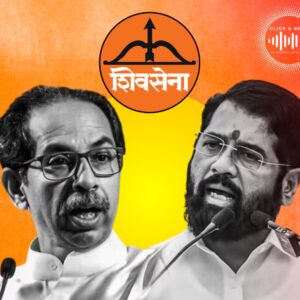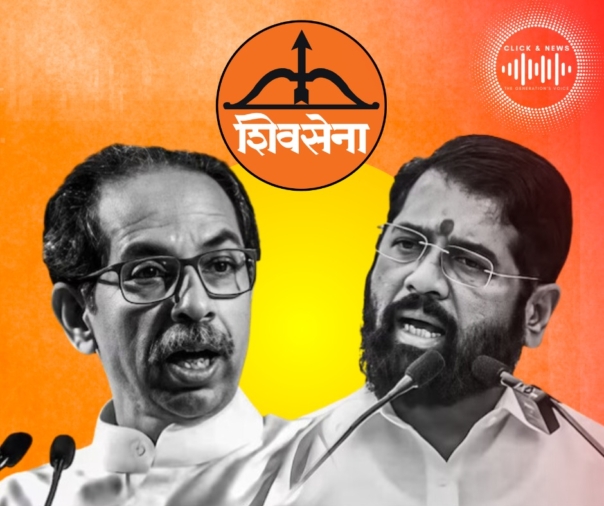The Supreme Court delivered its verdict on the dispute between the two factions of Shiv Sena that emerged following a rift within the party. The bench headed by Chief Justice of India DY Chandrachud refused to interfere with the formation of the Eknath Shinde government with the support of the BJP, as Uddhav Thackeray had resigned without facing a floor test. The court held that the Governor’s earlier decision to order a floor test for the Maha Vikas Aghadi government was not in accordance with the Constitution, and the Speaker’s decision to appoint Mr. Gogawale as the whip of the Shiv Sena party was illegal. The bench noted that no faction or group could argue that they constituted the original party in defence of the disqualification proceedings. The disqualification of 16 MLAs belonging to the CM Shinde camp will be decided by the Speaker. The court also said that the 2016 Nabam Rebia case which held that Speaker cannot initiate disqualification proceedings when a resolution seeking his removal is pending, requires reference to a larger bench.
 In other words, the Supreme Court ruled in favor of Eknath Shinde’s camp, stating that the state governor’s decision to demand a floor test for the government was not in accordance with the Constitution. Additionally, the Speaker’s decision to appoint Mr. Gogawale as the whip of the Shiv Sena party was deemed illegal. The court also emphasized that the disqualification of the 16 MLAs belonging to Mr. Shinde’s camp will be decided by the Speaker.
In other words, the Supreme Court ruled in favor of Eknath Shinde’s camp, stating that the state governor’s decision to demand a floor test for the government was not in accordance with the Constitution. Additionally, the Speaker’s decision to appoint Mr. Gogawale as the whip of the Shiv Sena party was deemed illegal. The court also emphasized that the disqualification of the 16 MLAs belonging to Mr. Shinde’s camp will be decided by the Speaker.
The Supreme Court’s decision is significant as it clarifies the rules regarding procedures for disqualifying members of the Assembly and the appointment of party whips. It also shows that the state governor must comply with the Constitution when making decisions related to holding floor tests. Furthermore, the Court’s decision may have implications for the political scene in the state of Maharashtra as it affects both factions of Shiv Sena.


